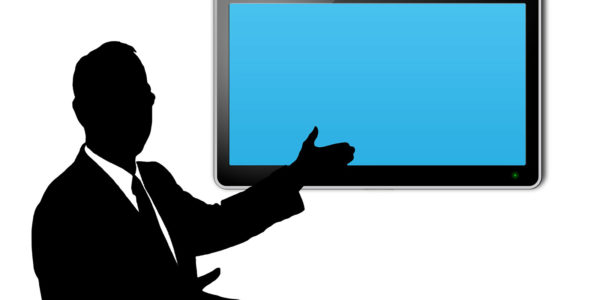Five Tips for Creating Great Demos and Amazing Sales Experiences

A product or sales demo offers reps an opportunity to demonstrate the value of their product or service to prospects and customers. It may be the only time the rep has total control of the sales call. It’s certainly one of the most critical pieces in the B2B sales process.
A great demo lets potential customers understand how a solution solves a pain point. It’s really central to any sales process. A poorly executed demo can squander a deal, but a great demo done right can wow the prospect and accelerate your deal toward the finish line.
What turns standard demos into amazing sales experiences? Great demos are controlled, tailored to the prospect, flawlessly delivered, and continually improved based on data. Easier said than done? Here are five tips for creating great demos and turning them into exceptional sales experiences.
- Stop depending on R&D: Find a tool that allows you to bring demo creation and demo assets into the hands of your sales team or go-to-market teams. When you rely on R&D, you are also relying on their schedule. This often drags out the sales process since their first priority is building the product itself, not a demo environment. A no-code option allows your sales teams to immediately spin up a demo – and all without technical experience or relying on your R&D team.
- Show product earlier, faster: Build demo environment templates that allow sales teams to build versions of their demo by persona or by use case. This way, you can pull the demo template “off the shelf” and easily personalize it so you have a lighter demo that’s tailored and ready to go quickly. Having a version ready to show on the first call gives the buyer what they want, helps them see value faster, and builds momentum for your deal.
- Tailor each demo to the customer: Your product story should allow the customer to see themselves using your product and getting value from it for their specific business and use case. Show a generic storyline, and your deal just walked out the door. From the buyer’s side, if you see something that doesn’t connect with your business, you’re immediately checked out and have moved on to something else. On the other hand, being pulled into an immersive story that feels on point with what you’re trying to solve makes your value proposition just click.
- Start with the end result: In the live demo, start with the end result of what “great” looks like and then go into how you got there. So, rather than jumping straight into the product demo, show them the end result first – and then show them how you got there.
- Share a demo leave-behind: After you’ve given a live demo, share a leave-behind demo environment that allows your buyer to explore the product on their terms and gain buy-in from other stakeholders who weren’t on the call. This is immensely helpful in getting your product into their hands faster and enabling them to make a decision – all while you gather deal-winning insights on who’s viewing what, when.
According to Gartner, over 50% of buyers consider the sales demo the most important part of the buying cycle. Don’t use it as a carrot to lead them through a Tough Mudder obstacle course. Do your research, reflect the customer needs in the demo quickly, and see if the prospect agrees. While great demos can win deals, bad demos could kill them.
Jonathan Friedman is CEO and co-founder of Demostack.
Get our Enewsletter
Get the latest sales leadership insight, strategies, and best practices delivered weekly to your inbox.
Sign up NOW →